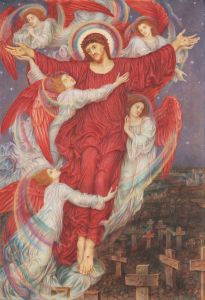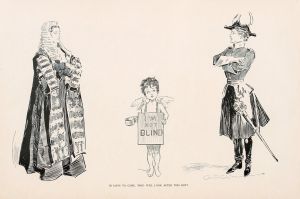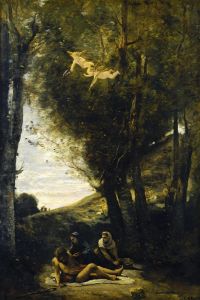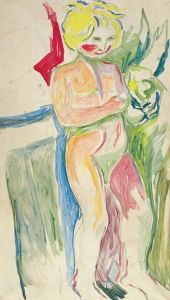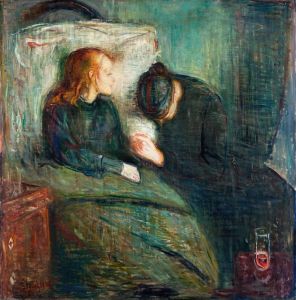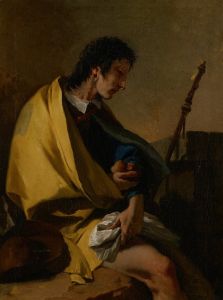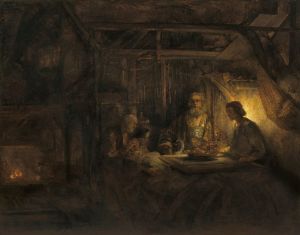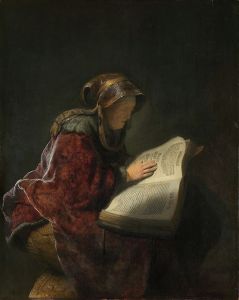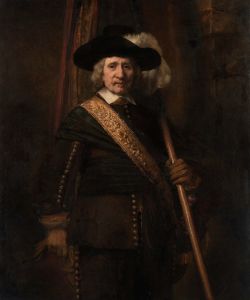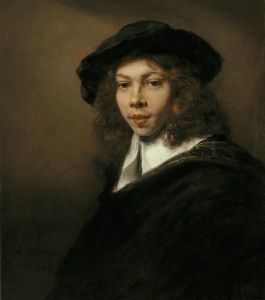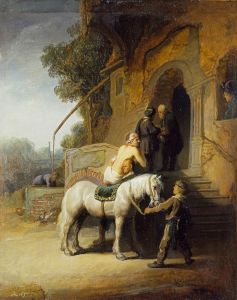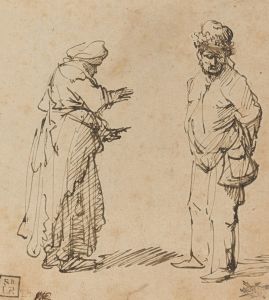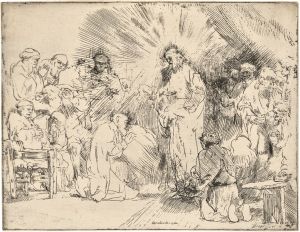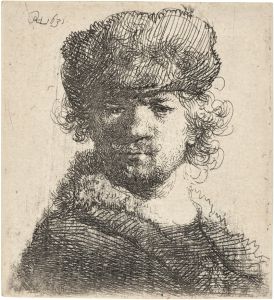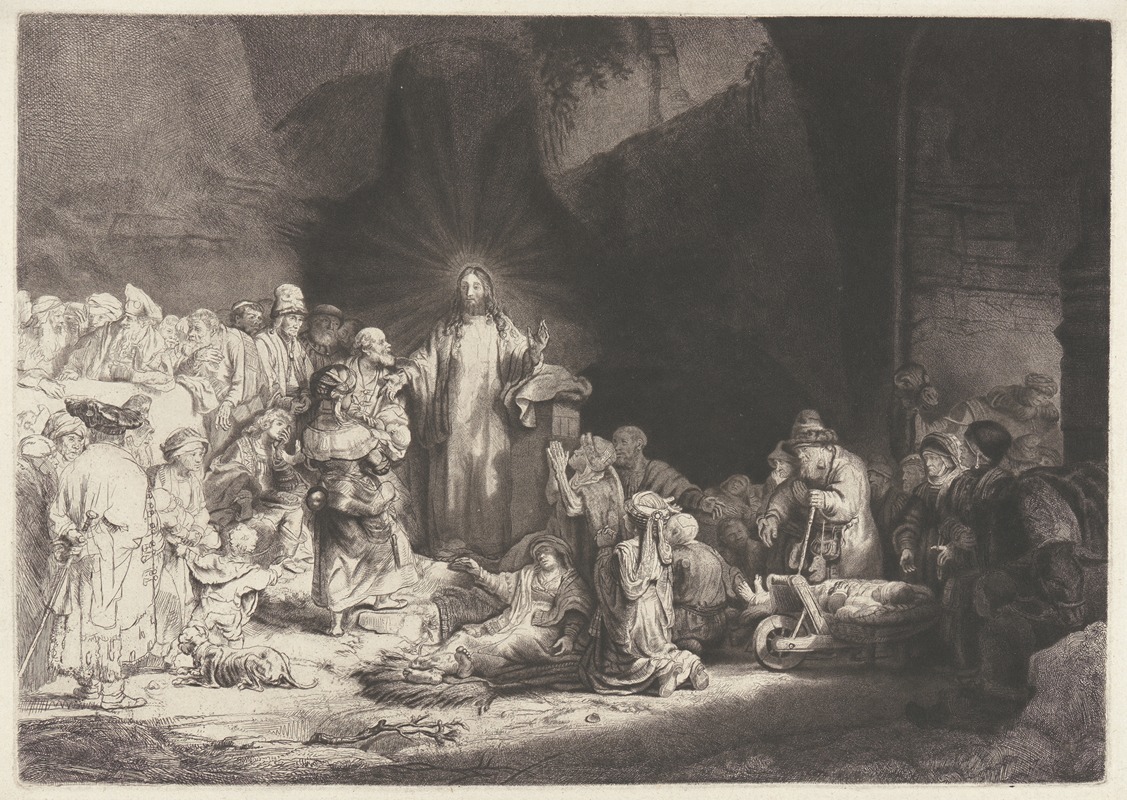
Christ Healing the Sick
A hand-painted replica of Rembrandt van Rijn’s masterpiece Christ Healing the Sick, meticulously crafted by professional artists to capture the true essence of the original. Each piece is created with museum-quality canvas and rare mineral pigments, carefully painted by experienced artists with delicate brushstrokes and rich, layered colors to perfectly recreate the texture of the original artwork. Unlike machine-printed reproductions, this hand-painted version brings the painting to life, infused with the artist’s emotions and skill in every stroke. Whether for personal collection or home decoration, it instantly elevates the artistic atmosphere of any space.
"Christ Healing the Sick," also known as "The Hundred Guilder Print," is a celebrated etching by the Dutch master Rembrandt van Rijn. Created around 1649, this work is considered one of Rembrandt's masterpieces in the medium of etching and drypoint. The print is notable for its large size, intricate detail, and the emotional depth conveyed through its depiction of a biblical scene.
The etching illustrates a passage from the Gospel of Matthew (19:2-26), where Christ heals the sick and blesses the children. The composition is densely populated with figures, each meticulously rendered to convey a range of human emotions and conditions. Central to the scene is Christ, who stands as a beacon of light and compassion, surrounded by a diverse crowd including the sick, the elderly, children, and their parents. The figures are arranged in a semi-circular composition, drawing the viewer's eye towards the central figure of Christ.
Rembrandt's use of light and shadow in this etching is particularly noteworthy. He employs chiaroscuro to dramatic effect, creating a strong contrast between the illuminated figure of Christ and the darker, more shadowy figures surrounding him. This technique not only enhances the three-dimensionality of the figures but also underscores the spiritual significance of the scene, with Christ as the source of divine light and healing.
The etching's nickname, "The Hundred Guilder Print," is derived from the high price it reportedly fetched during Rembrandt's lifetime, a testament to its value and the artist's reputation. The print's large size, approximately 28 cm by 39 cm (11 inches by 15 inches), and the complexity of its composition were unusual for the time, further contributing to its high cost and desirability among collectors.
Rembrandt's ability to capture the human condition with empathy and realism is evident in "Christ Healing the Sick." Each figure in the crowd is individualized, with distinct expressions and gestures that convey a range of emotions, from hope and reverence to skepticism and despair. This attention to detail and the artist's deep understanding of human nature are hallmarks of Rembrandt's work.
The etching process itself was labor-intensive and required great skill. Rembrandt's mastery of the medium is evident in the fine lines and intricate details that characterize the print. He used a combination of etching and drypoint techniques to achieve a rich, velvety texture and a wide range of tonal values. The result is a print that is both technically impressive and emotionally powerful.
"Christ Healing the Sick" remains one of Rembrandt's most famous and studied works. It exemplifies his ability to combine technical prowess with profound emotional and spiritual insight. The print is held in high regard by art historians and continues to be a subject of admiration and analysis. Copies of the etching can be found in major museums and collections around the world, including the Rijksmuseum in Amsterdam and the British Museum in London.
In summary, "Christ Healing the Sick" by Rembrandt van Rijn is a masterful etching that showcases the artist's exceptional skill in both technique and storytelling. Through its detailed composition, dramatic use of light and shadow, and empathetic portrayal of human figures, the print captures a powerful moment of divine intervention and human emotion.





